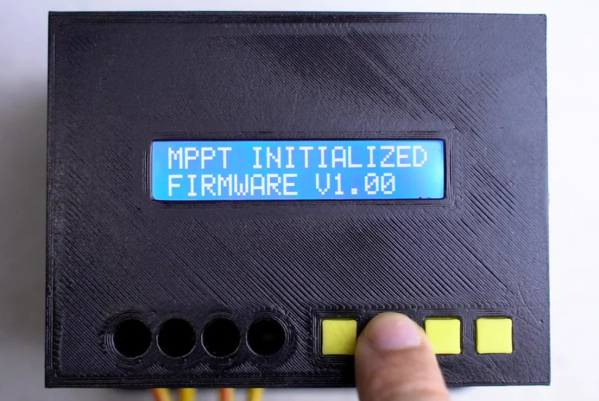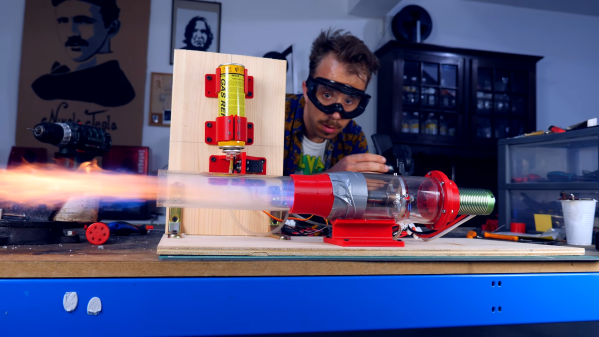Bluetooth has become widely popular since its introduction in 1999. However, it’s also had its fair share of security problems over the years. Just recently, a research group from the Singapore University of Technology and Design found a serious vulnerability in a large variety of Bluetooth devices. Having now been disclosed, it is known as the BrakTooth vulnerability.
Full details are not yet available; the research team is waiting until October to publicly release proof-of-concept code in order to give time for companies to patch their devices. The basic idea however, is in the name. “Brak” is the Norweigan word for “crash,” with “tooth” referring to Bluetooth itself. The attack involves repeatedly attempting to crash devices to force them into undesired operation.
The Espressif ESP32 is perhaps one of the worst affected. Found in all manner of IoT devices, the ESP32 can be fooled into executing arbitrary code via this vulnerability, which can do everything from clearing the devices RAM to flipping GPIO pins. In smart home applications or other security-critical situations, this could have dire consequences.
Other chipsets are affected to varying degrees, including parts from manufacturers like Texas Instruments and Cypress Semiconductor. Some parts are vulnerable to denial of service, while audio devices may be frozen up or shut down by the attack. The group claims over 1400 products could be affected by the bug.
Firmware patches are being rolled out, and researcher [Matheus E. Garbelini] has released code to build a sniffer device for the vulnerability on GitHub. If you’re involved with the design or manufacture of Bluetooth hardware, it might pay to start doing some homework on this one! Concerned vendors can apply for proof-of-concept test code here.

















